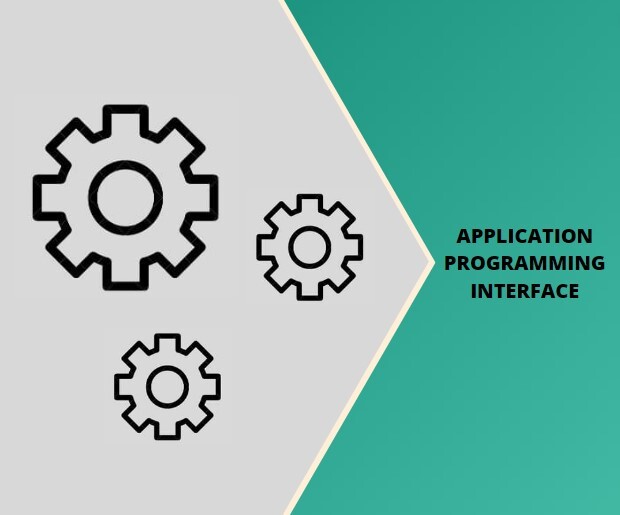
Just as humans communicate, applications talk to each other too using an Application Programming Interface or API—for short. It is an interface that allows an application to interact with an external service through a set of commands.
Since the beginning of the internet, different applications and web pages have used APIs to get data for various resources. The flight you booked on your favorite airline or the movie ticket you bought online, APIs are working behind the scenes every day to provide you a richer digital experience.
What is an API
An API includes a set of functions that allows applications to access data and interact with external software components, micro-services or operating systems. It delivers a user request to a system and sends the system’s response back to the user.
APIs can be accessed over the Web using the HTTP protocol. It is also considered a great tool to push data to a server that can be accessed by server code. APIs do the work in the background and the digital experiences remains effortless.
APIs make things easier and speeds up the development process of other applications or systems. And when using an API you won’t need to deal with source codes.
For example, if you are building your own software and wish to integrate mobile check deposits or payment processing with apps like iWallet, using an API is the best way to do it. You only need to connect your software with the correct payment software. This is manual for developers to help implement the desired functionalities which are provided via the API’s documentation.
How an API works
API is considered the middleman between the application you are using and the server. It will tell the app to do something, and then the app will use an API to communicate with the web server to do it. This action is called a request. Once the request is sent, the server will send a response to the app.
Here’s an abstract example. You walk into quick service restaurant, stand in line and wait for someone to take your order. The person at counter is the middleman who takes your order because you cannot communicate directly with the cooks in back. The person than gives the order to the kitchen, the cooks – cook it and the order is delivered to you at the table.
An API is an abstraction of the web server, as the application doesn’t know what is going on, just what the final result will be.
Benefits of APIs and why are they important
APIs allow for unlimited functionality of your applications. They speed up development time and save money. Without API’s, application are limited to a narrow list of its own functions.
APIs allow you to save time. They are more efficient and more convenient to apply existing API capabilities rather than to trying to independently implement similar functions.
APIs recharge your applications with the latest technology. With APIs, you can teach your application the latest image recognition and natural language processing methods.
Types of API’s
There are four types of APIs.
- Open APIs which are known as Public APIs. There are no restrictions to access because they are public.
- Partner APIs need specific rights or licenses in order to access because they are not available to the public.
- Internal APIs, known as Private APIs, only internal systems expose this type of API and are often meant to be used inside the company.
- Composite APIs is a type of API combines different service and data APIs. It is a sequence of tasks that run synchronously. It speeds up the process of execution and improve the performance.
API documentation
APIs documentation contains specific instructions on how to effectively use and integrate. Well-written documentation will help to save cost and support. It also makes onboarding users easier because it doesn’t require technical support. Some APIs may provide a sandbox to test out and see live results. This helps developers better understand the capabilities and to visualize what the API does. Watch out for poorly written documentation as it can be frustrating for developers or the support team.
What is API Testing
While there are many aspects of API testing, it generally consists of making requests to a single or sometimes multiple API endpoints and validating the response. The purpose of API testing is to determine if the API meets expectations for functionality, performance, and security.
The growing number of software and credit card processing apps need communication and resource exchange methods. Delivering data quickly is an essential for most businesses in today’s digital age. APIs are the key to helping the expansion of software technology.
